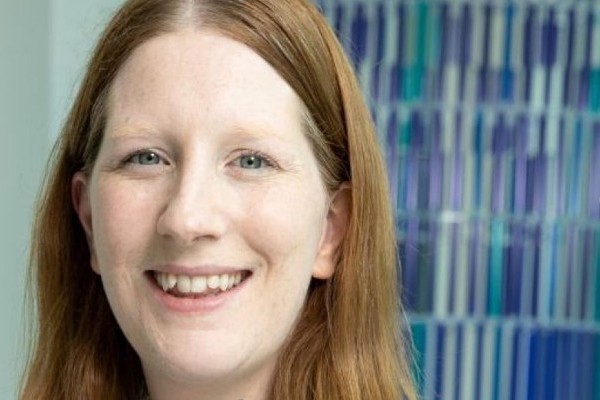

Lynette, you work in materials science. Can you explain what that field is?
“Materials science is about looking at physical materials, and that includes plastics, metals and cloths such as cotton. People with lots of different backgrounds work in materials science, and my background is inorganic chemistry. I specifically work with metallic oxides, trying to chemically alter them so they could be more effective for storing data.”
What is the big issue in data storage you are looking to address?
“A huge issue is how to efficiently store the enormous amounts of data that we generate, both now and into the future. Writing and reading data on devices requires a lot of electricity, and this is something we want to reduce.”
How can developing a new material help?
“Currently, conventional computer memories store their data either in an electric component or separately in a magnetic component. Each type has its advantages and disadvantages. I am working on new materials that contain both electric and magnetic properties that can communicate directly with each other and thereby combine the best of both worlds. The goal is that the material would let you write data electrically, then read it magnetically.”
How would that affect businesses or consumers?
“Potentially it would mean being able to use much less power to write and read data, which would make data storage more energy efficient. It would also mean that devices like laptops could last longer on each charge, because they are not using up so much energy to handle data.”
How have you innovated?
“A while ago I had a breakthrough in my research. I was working on a type of layered material - I describe it like a sandwich where you have the outer layers of bread and then inside you can put in different layers of chemical ‘fillings’. I spent a long time in the lab trying out different ways to build this material in a way that it could combine both electric and magnetic properties. Eventually we hit the mark with a combination of manganese, iron and titanium, and the great thing was that this material allows communication between electric and magnetic properties at room temperature, which could make it even easier to use. Now I am optimising this multiferroic material, and making it even thinner to assist future miniaturised data storage."
What kinds of developments in technology have helped you to do this work?
“I work on nanomaterials, which have tiny dimensions. The difficult part for me is figuring out if what I have made is correct, that the material is structured and behaving like I think it is. What has really enabled my work, and research in materials science more generally, is that we now have extremely powerful microscopes. For the material my lab developed, when we put it into the microscope we could see that the magnetic atoms like to congregate together in the inner-most layer of the ‘chemical sandwich’. Because the magnetic atoms sit right next to each other, we can explain why they communicate so well with each other. There is nothing like seeing the order of the atoms in the materials, it’s evidence there in front of you and you just can’t argue with that!”
What has to happen for the material to find its way to consumers?
“My research is chemistry-focused, I’m supported by the Royal Society and Science Foundation Ireland, and so I need to think about how devices could be built to push the new materials forward. That means focusing on the chemistry and collaborating with others who are experts at building devices, that collaboration is really important.”
In conversation with journalist Claire O’Connell, published in the Irish Times
